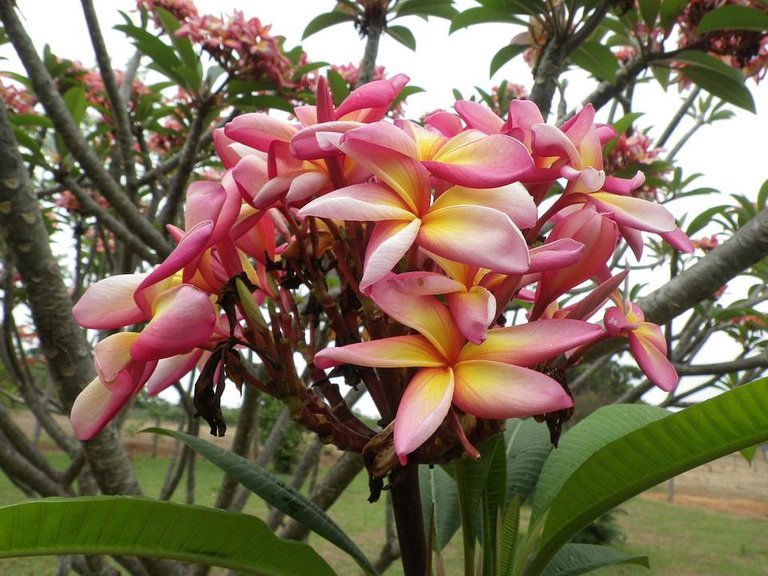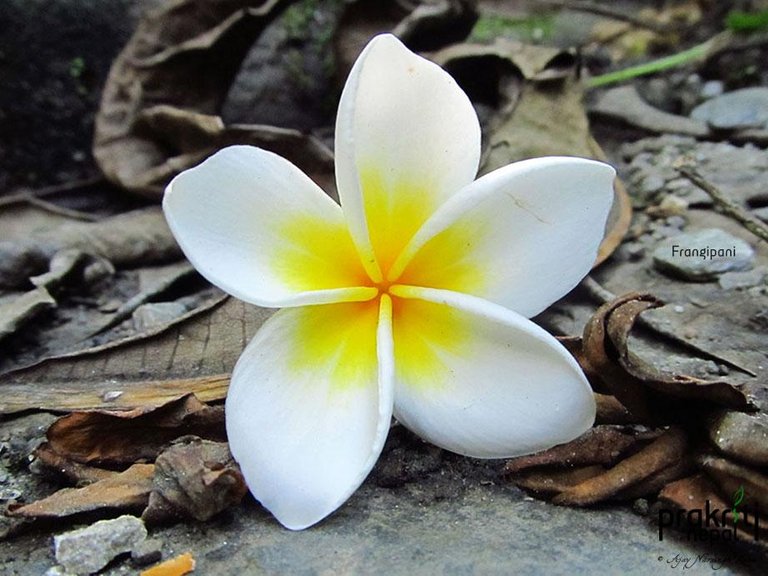@ctrl-alt-nwo, Flamboyant Frangipani flowers is very beautiful, colorful and better smell indeed. Leaves also attractive. My country has lot of trees and grow faster. I add more information via web. Frangipani flowers evoke different emotions, depending on culture. In down-to-earth Australia they’re backyard survivors, beating near-death experiences from some of the most brutal pruning I’ve ever seen. Everywhere they’re grown, their fresh flowers are scattered in pools and bowls as a finishing touch before special events. You can even order fresh frangipani flowers by mail. They’re a favourite in Buddhist temples too, while in some parts of South-East Asia they’re associated with demons and vampires.
To grow frangipanis in containers, particularly plastic pots, use a premium-grade potting mix without added wetting agents or water crystals. Terracotta pots benefit growth. They are porous, which helps drainage while discouraging root-rot. In addition to this, container-grown frangipanis can become top-heavy and the weight of the terracotta pot balances this. Terracotta also warms in sunshine, helping frangipanis succeed in temperate climates.
Before planting loosen the soil and add compost. For clay soils, work in gypsum at the recommended rate to improve air and water movement. Planting in a mound, about 15cm above the surface, improves drainage in clay.
Transplant during the warm seasons when recovery is fastest. Retain as many roots as possible and firmly stake until strong anchoring roots develop, this usually takes about 12 months.
Planting near masonry walls, buildings or in paved areas provides shelter from wintry winds and reflects warmth. Frangipanis grow about 30–60cm a year, depending on climate and care. They need full sunshine and a fertile, free-draining soil. Sandy or sandy-loam soils are ideal. Frangipani trees have compact, non-invasive root systems, so they can be grown safely near pipes and cables or in narrow beds. They respond well to pruning too. To keep trees compact and bushy, prune branches back by one-third in late summer.
Image source:google
contents source: http://www.homelife.com.au/gardening/plant-guides/plant-guide-frangipanis


